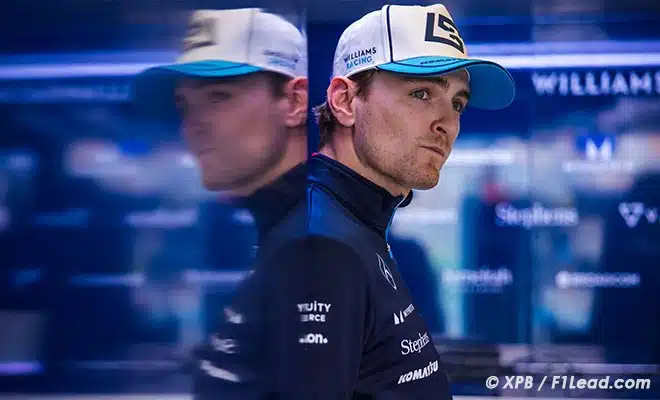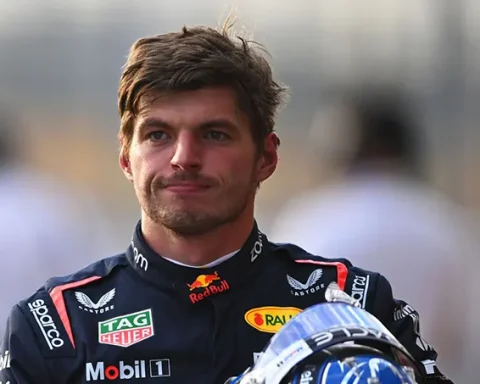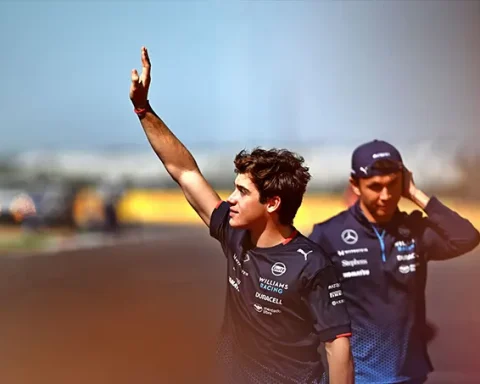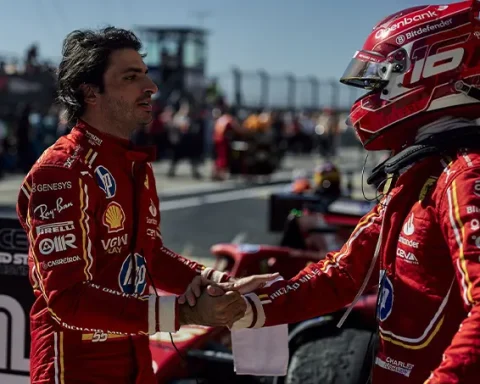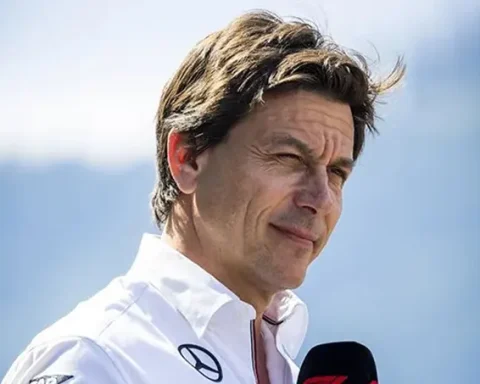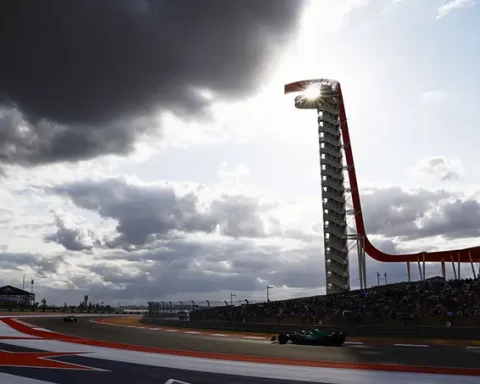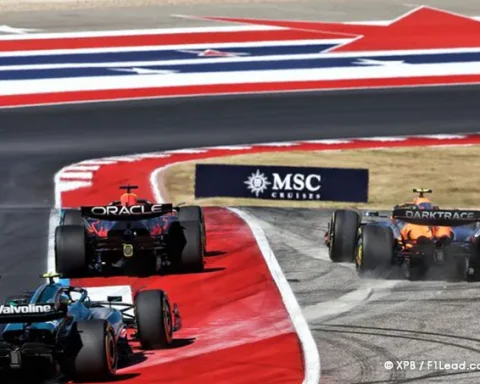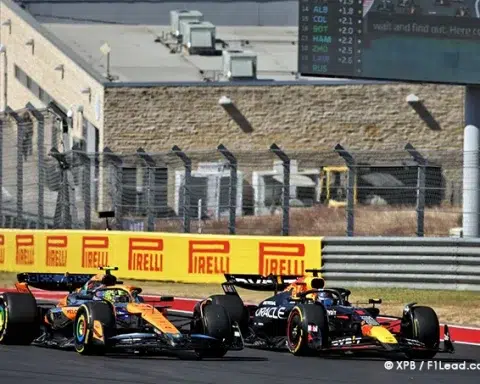Facing a tight timeline, Williams F1 grapples with a chassis challenge for the upcoming Japan Grand Prix, underlining the high stakes in modern F1 racing.
At Melbourne, Williams F1 conceded that the likelihood of producing a third chassis in time at Grove for use in Japan at the next Grand Prix is slim.
Thus, the team has no alternative: the chassis damaged by Alex Albon on Friday must be repaired at the factory, where it will arrive on Monday morning, and then sent back to Suzuka so Logan Sargeant can race.
In the Australian GP paddock, James Vowles, the team director, reflected on this race against time that essentially began with decisions made upon his arrival a year ago.
“When I started in February last year, the plan was to have three chassis ready by the first race of 2024. As we underwent significant organizational changes, with performance and technology shifts in the backend and processes, we started sidelining certain elements.”
“Resources are finite. And as we dealt with an inefficient structure and underwent transformation simultaneously, we began to encounter issues.”
“And these issues could have resulted in using metal components instead of carbon or incorporating last year’s rear wings. In this specific case, the third chassis was continuously delayed.”
“One thing we’ve been transparent about is how far behind we were with these cars – very, very far behind. We pushed everything to the absolute limit. And the result is that we have no spare chassis.”
“Even before the accident, it was supposed to be here, for the third Grand Prix. But it was further delayed.”
“Returning to the root cause, it’s the fact that we introduced significant processes, completely changing how we manufacture a chassis.”
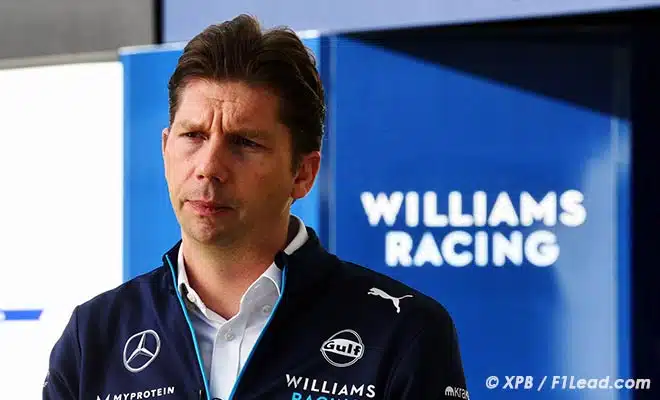
“There are nearly ten times more parts in a chassis than last year. This level of complexity elevates an organization to a new level.”
“No team plans on not having a third chassis, not in modern F1. The last time I experienced this was in 2009 with Brawn GP. That was the last time I didn’t have three cars. And we were lucky that year; we could have easily lost the championship due to the loss of a car.”
“You don’t intend for that to happen. It’s simply unacceptable not to have two cars side by side, fighting for points, from Friday to Sunday, no matter the circumstances.”
“In the case of what we’re currently doing, the reason it’s happening is that we’re behind on everything. As we try to advance in processing and transformation systems, something was pushed to the back burner. And in this case, it’s the third chassis.”
“We have planned upgrades and other elements coming too. But I have to allocate all the manpower to getting this chassis back in shape, without losing the momentum we have on the third chassis and the upgrades. Something will have to give, there’s no doubt about that.”
From the beginning, the focus was on repairing the damaged car rather than rushing to build a new chassis. Vowles also explains this choice.
“Overnight, the team worked brilliantly with the structures and stress department and the design office to decide how we’re going to fix this issue in a short amount of time.”
“We’ll definitely have two chassis in Japan, but I don’t think the third chassis will be there, because the workload we now have due to this change will push it back.”
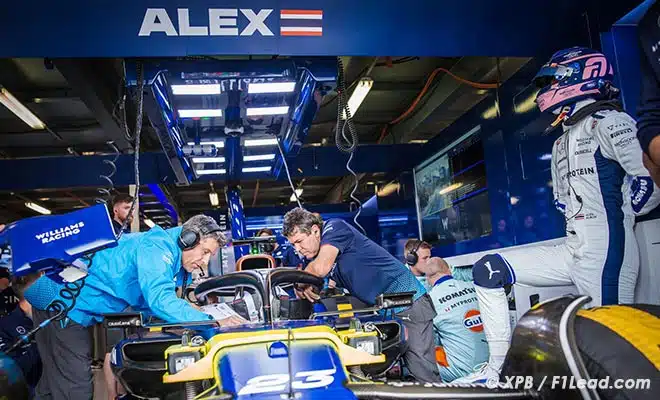
“Resources are limited. And you can either ensure we have two cars ready and the right amount of spare parts in Japan or provide an additional chassis.”
However, there shouldn’t be any unpleasant surprises…
“So we’ll already have teams working on it from Monday to repair it. Until they see it in person, it will be very difficult. We’re doing things by photo and by NDT [non-destructive testing] as we’ve done here. But there are about four or five mitigation plans in place.”
“As long as the chassis isn’t back in the UK, and it hasn’t been properly inspected from the photos we have and the NDTs we’ve done, and they haven’t properly analyzed the subject, no one can give you a 100% certainty.”
“What I can tell you, based on the evidence we have so far and the work that has been done, everything seems quite feasible.”
“I’ve seen chassis in worse states recover. 100% sure? That’s a difficult number to give you, and as a statistician, I wouldn’t say 100%. But I would say there’s a very high probability that everything will be fine.”
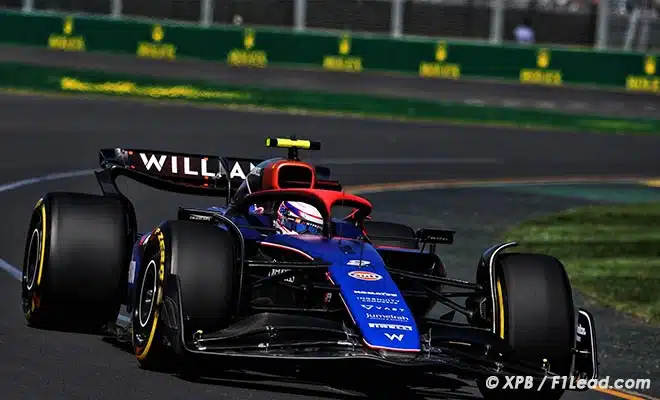
Vowles Admits: Williams F1’s Critical Chassis Shortage. Vowles Admits: Williams F1’s Critical Chassis Shortage
A firestorm in Melbourne as his decision to bench Logan Sargeant
Williams F1 Team Principal, James Vowles, finds himself quelling a firestorm in Melbourne as his decision to bench Logan Sargeant in favor of Alex Albon for the remainder of the weekend continues to face significant backlash.
On social media, the Grove-based squad encountered the ire of its fans following the announcement. Questions arose: Why penalize a driver who’s faultless? Why hand the car back to one who clearly erred?
This Saturday, Vowles stepped up to clarify, expressing his unwavering faith in Logan Sargeant’s abilities but also acknowledging that Alex Albon presents the team with a better opportunity to score points.
“The fact that I re-signed him should signal my confidence in Logan. This year, you’ve seen him close the gap to Alex more than ever before.”
“However, with just one car and five rapid teams dominating the top ten positions—where points are only awarded—every point is crucial from start to finish. Currently, a single point divides the last five teams, making every point pivotal.”
“In this context, you’re betting on the driver who has slightly edged out the other this year, which is Alex. After reviewing everything post Bahrain, Saudi Arabia, and the initial data from here, who was more likely to score? It was Alex.”
Vowles described sidelining Sargeant as “one of the toughest calls of his career,” urging the American to bounce back from this setback.
“You have an elite athlete who has done nothing but what I’ve asked of him this year.”
“He hasn’t made a single mistake, hasn’t faltered once, and yet I pulled him from the drive. Whether it was you or him in the car, it would shake your confidence.”
“One of the approaches I’ve employed with him so far involves structuring around this, including discussions about his strengths and weaknesses. Support from his circle is part of moving forward.”
“The truth is, with a racing driver, once he’s back in the car… for him, it’ll be in Japan, and if he’s within milliseconds of Alex, as he has been in recent races, you’ll see confidence return regardless.”
“The second message is: he understands this is a team sport—it’s the strangest sport in the world where I have two drivers, but it’s a team sport for hundreds behind the scenes who also want the best possible outcome. And he gets that.”
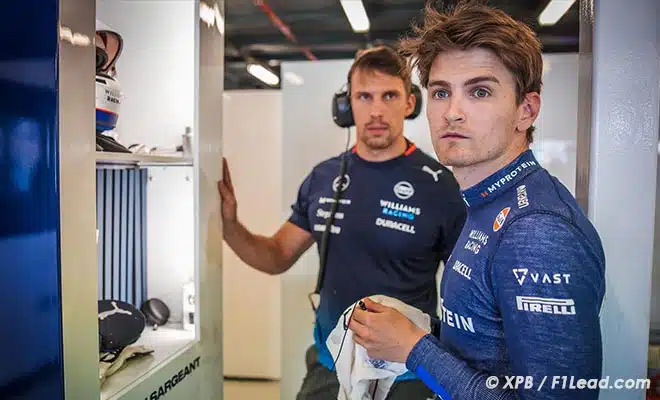
Williams F1’s Unity Amid Melbourne Challenge
Every cloud has a silver lining: James Vowles, the Williams F1 team principal, has tried to highlight the positives of the team’s situation and use the challenging weekend in Melbourne as a motivational tool for his crew.
Due to the lack of a spare chassis ready and on-site, the team will run with just one car, originally allocated to Logan Sargeant but now entrusted to Alex Albon, in tomorrow’s Australian Grand Prix.
“One of the actions I took yesterday was to gather the team and explain why I made the decision regarding Logan, and why we need to rally around this decision rather than become divided,” he said, confirming that some mechanics (from the American driver’s race team) initially opposed this decision.
“That’s why we must use this as a catalyst for change. It’s incredibly frustrating; we should never find ourselves in a situation at the highest level of motorsport where we are unable to field two cars on the grid.”
“But I have always said that this catalyst for change, the transformation we are currently undergoing at Williams, won’t happen over a month or a year, but over several years, to start addressing all these issues.”
“You see one result of this, namely that the third chassis isn’t ready. This is what I’m trying to use as a strength within the organization, it’s the reason we are changing, and that’s why I’m confident it will work out accordingly.”
“And I told the guys, ‘please, use what happened not as frustration but as a catalyst explaining why we need to do this very quickly together’. That’s the message, if we can find any positivity in this.”
As part of this process, the entire race team is now focusing on Albon’s weekend and continues to play Russian roulette. Albon cannot afford to have a second major accident this weekend, and the same will apply in Suzuka, where there will be no spare chassis in case of a significant crash by either driver.
Vowles insists that he doesn’t need to tell them to be cautious.
“I’m almost certain that after yesterday, they fully understand that we cannot take any risks at this stage. It’s an interesting psychological trick. I talk to a driver and tell him to take no risks, they are racing drivers, that’s what I pay them for, I pay them to push to the absolute limits of what they can be within reasonable boundaries.”
“And I’m asking them to do something that is not quite natural and, in some ways, probably worse. So, that’s not how I operate with the drivers.”
“I don’t need to insist: I think they are now well aware of what has happened in the last 24 hours and the situation we find ourselves in.”
- ReadMore>“I get Toto’s point, anyone would want Verstappen.”
- Following us on Facebook and Twitter.
